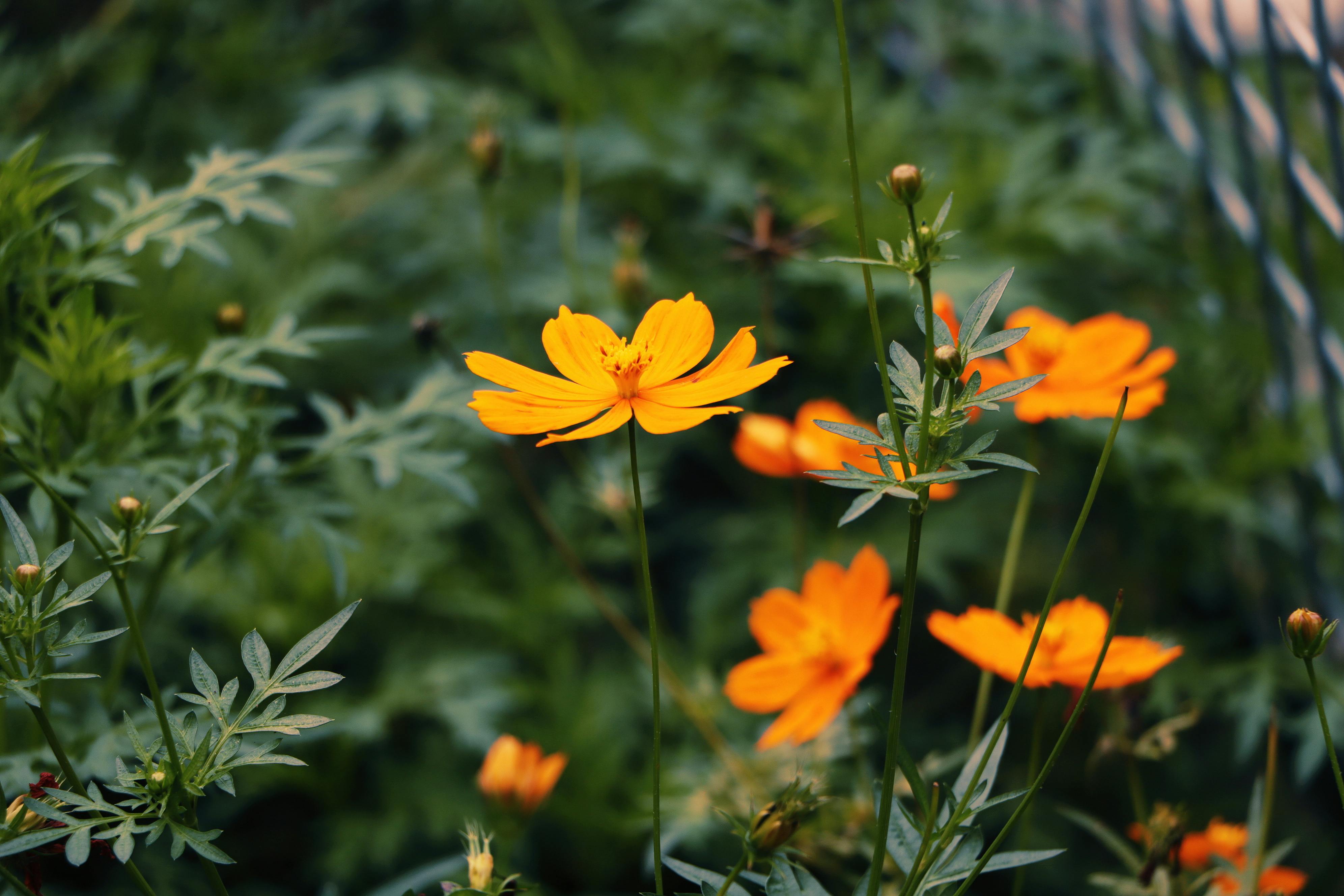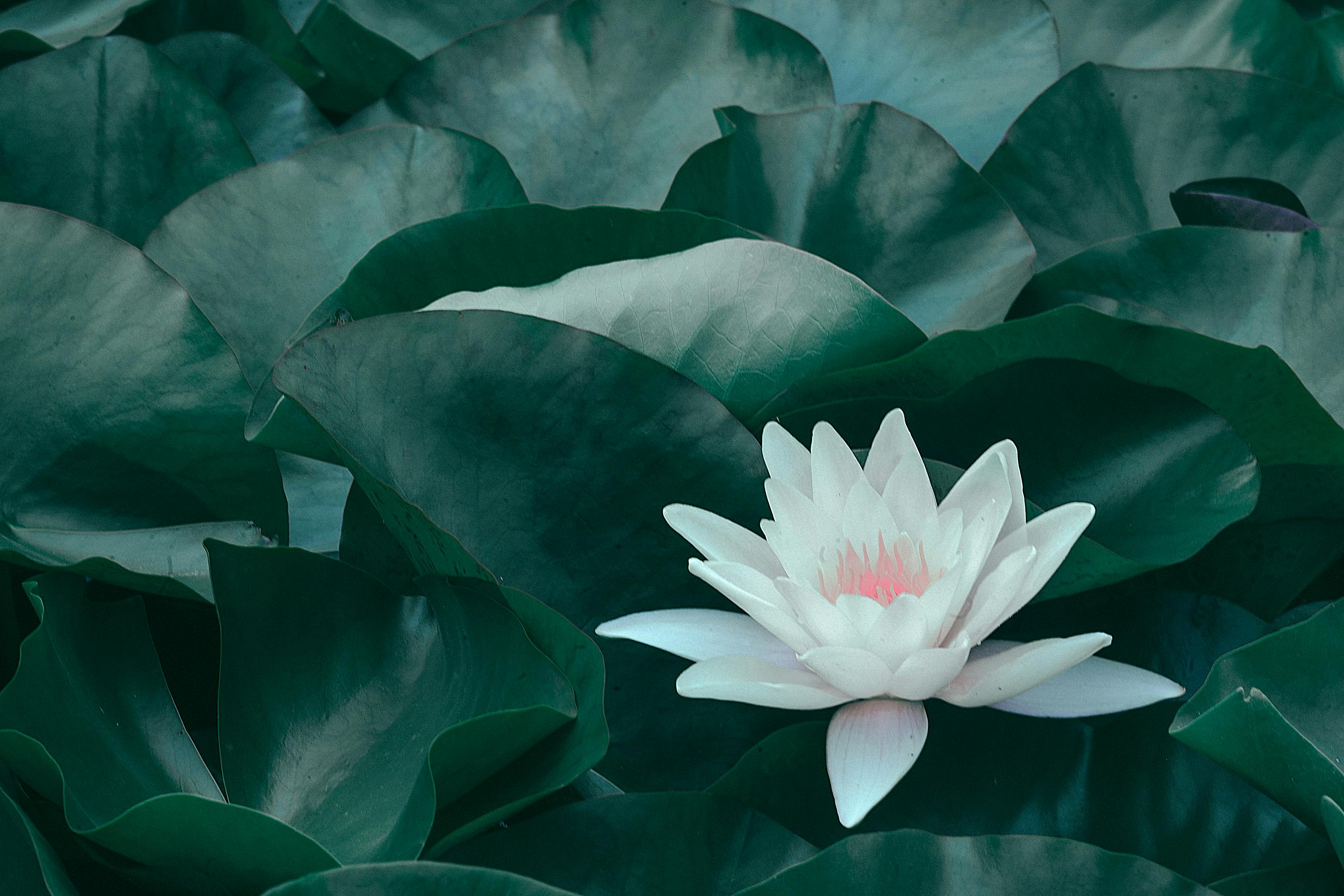Growing a flower garden can be a rewarding experience. With some basic knowledge and dedication, you can create a vibrant, colorful garden that blooms for months on end. To get started, you will need to choose the right location for your garden, select the flowers that are best suited to the area and climate, prepare the soil properly and provide good care throughout the growing season. With the right combination of knowledge and effort, you will be able to enjoy a lush flower garden with blooms that fill your yard with beauty.1. Choose a location for your flower garden. Consider factors such as how much sun and shade the area will get, how much room you have to work with, and the type of soil in the area.
2. Decide on a design for your flower garden. Consider how you want the garden to look, whether it should be formal or informal, and what types of flowers you want to plant.
3. Draw a sketch of your flower garden. This will help you visualize where each flower and plant should be placed.
4. Prepare the soil for planting by adding organic matter like
What Type of Soil is Best for Growing Flowers?
When it comes to growing flowers, the type of soil you use can make all the difference. The best soil for growing flowers is a well-drained, nutrient-rich soil that has a pH level between 6 and 7. This type of soil will provide your flowers with ample nutrients and allow for proper drainage and aeration. It should also be light enough to provide good air circulation around the plant’s roots.
When choosing the right soil for your flower garden, it’s important to consider what type of
What Plants Should I Use for My Flower Garden?
Choosing the right plants for your flower garden can be a daunting task. There are so many different varieties to choose from, and each one has its own unique characteristics and needs. Before you start planting, it’s important to take some time to research the different types of plants that would be best suited for your garden.
When selecting plants for your flower garden, consider the climate and space available. If you live in a cooler climate, you’ll want to select hardy plants that can
How Much Sunlight Does a Flower Garden Need?
A flower garden needs plenty of sunlight to thrive and produce healthy blooms. The best way to determine how much sunlight your flower garden needs is to consider the types of flowers you are planting. Some plants require full sun, while others prefer partial shade or filtered light.
Full sun means that the area receives direct sunlight for at least six hours a day. Partial shade is four to six hours of direct sunlight a day, while filtered light is two to four hours of direct sunlight. You
https://images.pexels.com/photos/982662/pexels-photo-982662.jpeg
What Tools are Needed for Planting a Flower Garden?
Creating a flower garden is a rewarding and enjoyable project that can be done with minimal effort. To ensure your garden is successful, it is important to have the right tools and supplies before you begin. Here are some of the basic tools you will need to get started on your flower garden:
Gardening gloves – Gardening gloves will help protect your hands from dirt and sharp objects while you work. They also help to keep your hands clean while handling plants and soil.

Watering the Flower Garden
Watering a flower garden is an important part of maintaining the health and beauty of the flowers. To ensure that your flowers are properly watered, it is important to water them deeply and regularly. This means providing enough water so that it penetrates deeply into the soil, reaching the roots of your flowers. If you are watering with a hose, you should water each area for a few minutes until you see water pooling in the soil. For larger areas, it may be necessary to use a sprinkler system to ensure that all
Pruning and Deadheading
Pruning and deadheading are two of the most important tasks in the garden. Pruning helps to keep plants healthy and vigorous by removing dead, diseased or overcrowded branches. It also encourages new growth and can help to shape plants into a desired form. Deadheading is the process of removing spent flowers from a plant to encourage more blooms and prevent seed formation. Both pruning and deadheading should be done on a regular basis for best results.
When to PrunePests and Diseases in a Flower Garden
A flower garden is susceptible to a variety of pests and diseases. Some of the most common pests found in flower gardens include aphids, scale insects, whiteflies, Japanese beetles, slugs and snails. These pests can cause damage to plants by sucking the sap from the leaves or stems, or by eating flowers and foliage. In addition, some pests can transmit plant diseases such as viruses and fungi. Diseases can cause yellowing or wilting of leaves, discoloration of stems and flowers, or dieback of branches.

Conclusion
Creating a beautiful flower garden is a rewarding experience. With careful planning, selecting the right plants and flowers, and providing optimal growing conditions, you can have success in growing a thriving garden. It takes dedication to ensure your flower garden flourishes throughout the season, but it’s worth the effort when it comes time to enjoy the colorful blooms.
Growing a flower garden is not only rewarding for those who spend time tending to their plants, but also for all who enjoy its beauty. So, if you’re ready to embark on this hort
